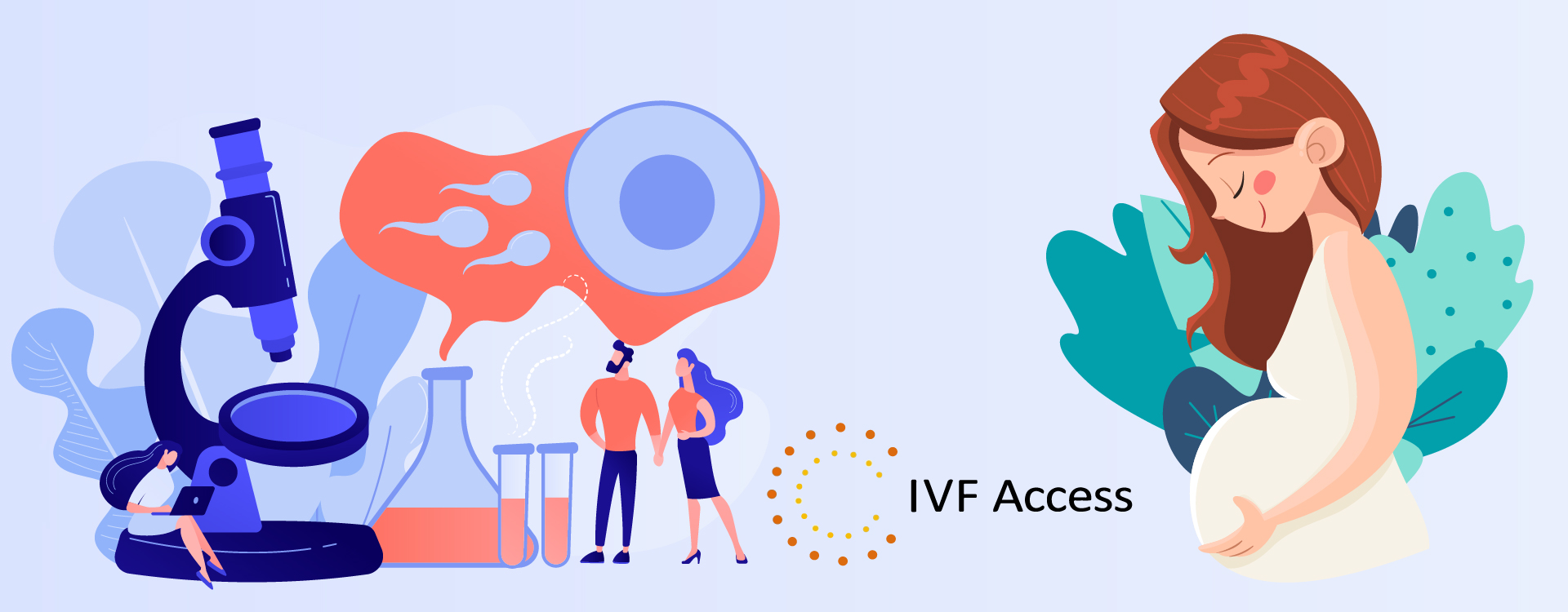If India is worried about its growing population, then the problem of infertility is equally grasping the young married couples. Sedentary lifestyle, obesity, increasing marital age, stress, hormonal changes are the reasons for infertility. According to the World Health Organization, the overall prevalence of primary infertility in India is between 3.9 to 16.8%. Moreover, there is a stigma attached to infertility. The demand for a child is high. A report from Ernst and Young says that 27.5 million married couples are suffering from infertility. There lies a market opportunity, but the number of IVF centres in India is low. However, few individuals came forward to build a fertility clinic chain to offer nationwide access to In Vitro Fertilization (IVF) and Intrauterine Insemination (IUI).
What is IVF Access and what are they doing?
The former management team at NOVA IVI Fertility consisting of Naresh Rao, Nikhil Rajmohan, Harinath Chakravarthy and Pravin Sethuraman founded IVF Access in 2019 to set up a chain of Intra-Uterine Fertility centers in India providing Assisted Reproductive Treatments (ART) such as IVF and IUI with an innovative technology platform and laboratories. Present in 15 cities with 20 centers, IVF Access provides a consolidated platform of ART services where the customer can conveniently book for services such as fertility evaluation for better diagnosis, IVF, IUI and freezing the eggs.In June 2020, IVF Access received a funding worth $5 million from Vertex Ventures. The startup has strategised to increase the reach of fertility treatments and procedures for couples all across the country by developing its chain of IVF clinics.
Erasing Stigma through Innovative Tech Solution
Experts say, the social stigma around infertility issues faced by couples in India have led to many relationship challenges and mental health issues. Here, innovative tech solutions in the healthcare sector are fading the stigma. Assisted reproductive technology (ART) is a technique developed to treat infertility. The treatment includes handling a woman’s egg and man’s sperm by removing eggs from a woman’s body and then fusing with man’s sperm to create embryos. The embryo is then put back into the woman’s body. In Vitro Fertilization is the most common and effective type of Assisted Reproductive Technology which is being highly assessed by Indian families as an option.
IVF services in Demand and how lucrative can it be for the startups
IVF is gradually being embraced by people due to the rise in couples suffering from infertility owing to lifestyle changes, urbanization, and hormonal changes. Besides, these ART methods to cope with infertility issues are also being adopted by celebrities thus bolstering confidence among the masses. According to the Indian Society of Assisted Reproduction estimates, the infertility cases have increased to about 30 million couples in India. The future of IVF seems bright in India since, according to a study by Allied Market Research, the IVF services market in India is estimated to reach $775.9 million by 2022, registering a CAGR of 16.6 percent from 2016 to 2022. Further, the IVF markets in India are becoming an attractive destination for foreign couples for ART, since IVF clinics operating in developed countries such as the UK, Australia, Spain, Denmark find it difficult to provide their patients with donor egg IVF services. Hence, foreign customers are turning to India due to the affordable service costs of IVF and the availability of a plethora of other assisted reproductive technologies such as intracytoplasmic sperm injection (ICSI) and intrauterine insemination (IUI). As per the Government of India’s Medical Tourism Department, the cost of IVF treatment for infertility in India is one-fourth as compared to the developed countries. Healthcare startups offering Assisted Reproductive Technologies can contribute in creating a non-judgemental environment and normalizing the experience of infertility. As a result, the medical community will revolutionise the way Indian society looks at ART methods in 2021 and years to come.




